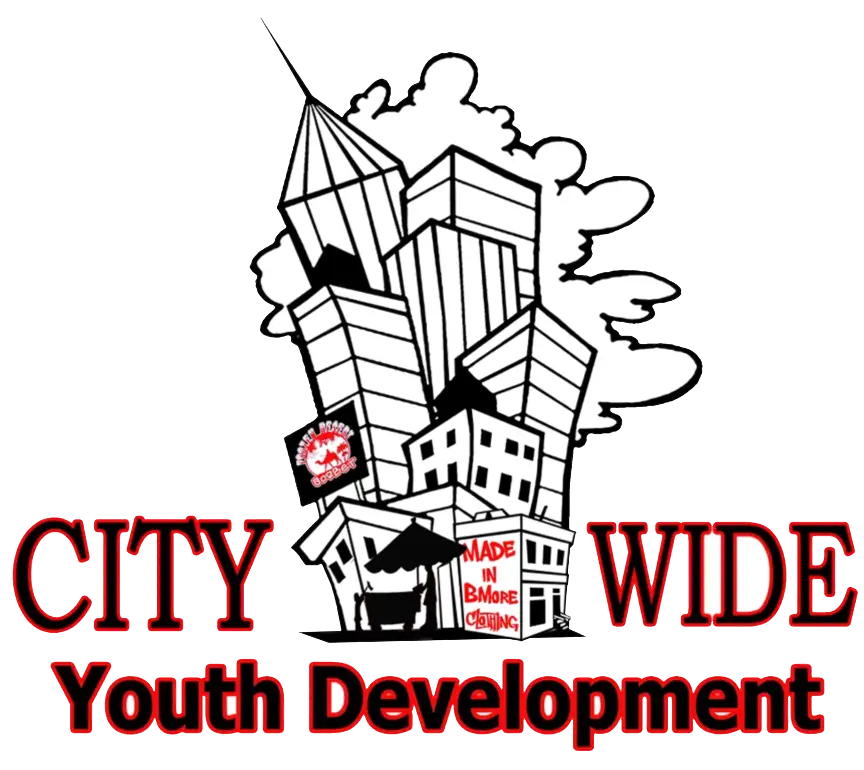Baltimore's
Legacy in Manufacturing
In 1950, Baltimore was the sixth-largest city in the U.S., home to 950,000 residents and a thriving manufacturing and shipping industry. As the economic base of Maryland, the city provided 75% of all jobs in the region.
However, as manufacturing jobs declined, Baltimore experienced a dramatic population drop—losing nearly one-third of its residents between 1950 and 2000. Today, only 2% of the city’s jobs are in manufacturing, leading to increased poverty, urban decay, and joblessness.
However, as manufacturing jobs declined, Baltimore experienced a dramatic population drop—losing nearly one-third of its residents between 1950 and 2000. Today, only 2% of the city’s jobs are in manufacturing, leading to increased poverty, urban decay, and joblessness.

Once the Epicenter of Apparel Manufacturing
At its peak, over 560,000 employees in Baltimore worked in apparel and accessories manufacturing. The city was home to some of the largest manufacturers in the U.S., producing:
🔹Umbrellas, ties, hats, raincoats, and shoes
🔹Men’s and women’s clothing
Once the Epicenter of Apparel Manufacturing
Factories ranged from large-scale operations to small shops in lofts, alleys, and garages. Some of the most notable manufacturers included:
🔹 Henry Sonneborn Co.
🔹 Erlanger Brothers Clothing
🔹 Katzenberg Brothers
🔹 JoS. A. Bank Clothiers
🔹 London Fog
🔹 Faust Brothers
🔹 Gans Brothers
At one point, most men in the U.S. could say they had worn shirts or underwear made in Baltimore.

